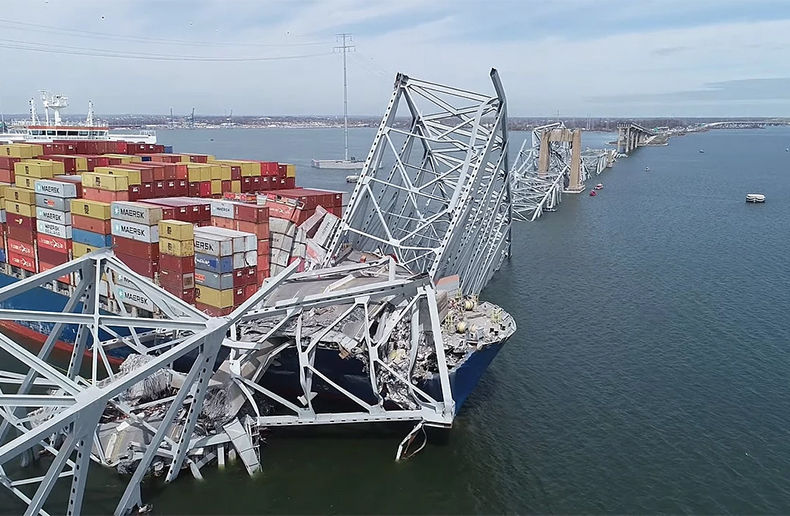Reinsurance: New capabilities and new players in sight
By
Hubert Roy
|
Sept. 27, 2021, 10:32 a.m.

Photo: Freepik
The COVID-19 pandemic had only a limited impact on reinsurance market, which remains well capitalized, AM Best reports. However, the industry still needs to be willing to underwrite the risks offered to it, the rating firm warns...
This article is reserved to PRO Level subscribers
Discover the PRO Level
Already subscribed? Sign in >
Advertisement
Related topics …




